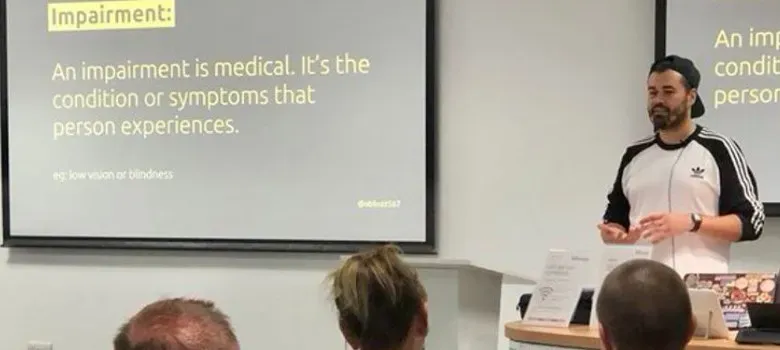Hello, my name is Craig
I'm the former Head of Accessibility at the Department for Work and Pensions and the creator of the DWP Accessibility Manual.
I'm a design lead and accessibility specialist, and my focus is user centred design.
I love to deliver talks, design things and solve problems.
I"m Autistic and I have ADHD. I'm passionate about breaking down the stigma of mental health and neurodivergence, so I think it's important to talk openly about mine!

You can read my blog posts, check out my talks, have a look at some of the work I've done, or view content produced by others where I have been featured.
If you get stuck with anything or just want to say "Hi", please reach out. Ways to contact me:
Thanks,
Craig